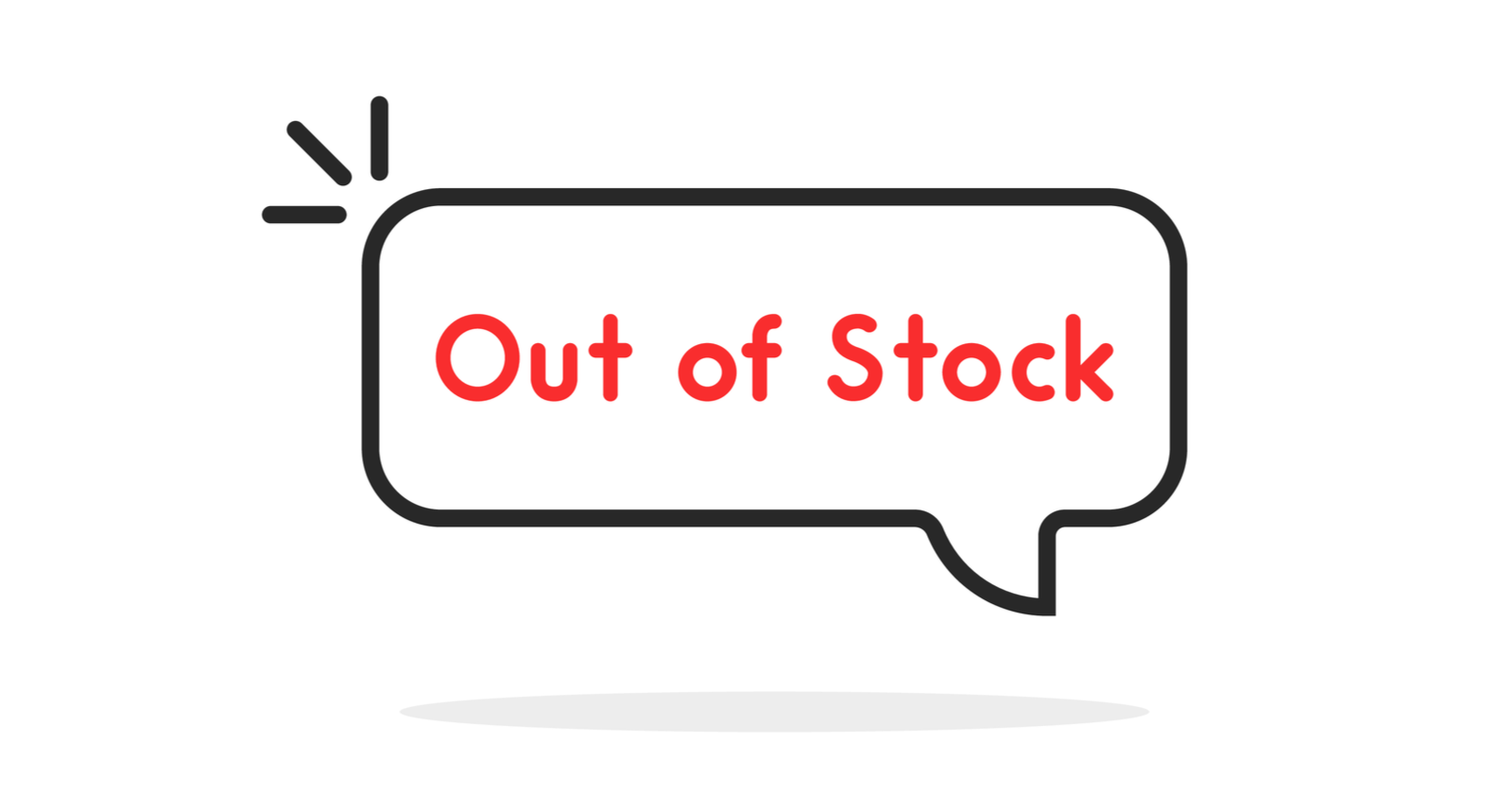As 2020 accelerates toward its conclusion, digital marketers are also entering a quarter of great opportunity.
There is great potential to increase both site visitors and sales with Thanksgiving, Black Friday, Cyber Monday, “Cyber Week”, and the run-up to Christmas.
While planning a holistic marketing strategy should have really started a couple of months ago, it’s important that our ecommerce websites are in the best technical shape.
Research shows that the COVID-19 pandemic has accelerated the user shift from offline to online shopping by five years.
This means that as we enter this typically busy retail period, there are more consumers shopping online than ever before.
And, due to the advancements and systems put in place by businesses during the pandemic, the benchmarks that consumers set their expectations by have been raised.
In this new competitive environment, consumers will be placing even more emphasis on parts of the experience such as product availability.
This is where an out-of-stock product page can potentially build or break any potential relationship between the brand and the consumer.
Handling Stock Availability & Product Retirement
The strategy around what to do when a product is either temporarily out of stock, or retired completely, should be considered as a part of the initial website scoping.
It should be treated with the same level of importance as planning the user journey and mapping personas.
That said, it’s commonly an afterthought left to the whims of the ecommerce platform chosen, or a stock development decision.
It is worth noting that there is no single “right way” to handle out of stock or retired products.
Doing your utmost to alleviate and displace as much negativity as possible from the overall consumer experience should be the end goal of whichever strategy you choose to implement.
The resolution and handling process may differ greatly depending on the platform you’re using (and it’s restrictions).
It’s important to take this into consideration and weigh up the benefits of potentially heavy development investment versus the return of resolving this issue (if it is even an issue for your website).
Let the URL Show a 200 Status Code
This is common across a number of platforms, however from experience this is something I find across the majority of Salesforce Commerce Cloud websites.
When the product is removed from the catalog (retired) and the product URL is requested, it responds with a 200 status code and returns the website header and footer but doesn’t have a <body> to load.
It’s then considered a soft 404.
On some SFCC installs, you can use custom extraction on Screaming Frog to identify these pages from internal linking, but on others these load as blank.
Again, you can filter a crawl by common body elements such as H tags to identify these soft 404 product pages.
Outside of Salesforce Commerce Cloud, it’s common for platforms to return the URL and a 200 status code – but with a custom template mentioning the product is out of stock and listing alternatives.
This can cause a frustrating and confusing user experience.
During heavily competitive times, the user will likely hit the back button and go to another search result – oftentimes not disassociating the negative user experience with your brand.
200 + Soft 404
It’s also common practice to include a text snippet or user CTA to show that the product is out of stock and collect their email address so you can notify them when it’s back in stock (and subsequently barrage them with offers emails).
However, including a snippet of text such as “Product currently unavailable” can lead to Google treating the page like a soft-404, as it understands users searching for a specific product will likely have a high intention to purchase.
Redirects
Another common method of handling out-of-stock or retired products is to implement a redirect.
To an extent (and in silo), this decision makes sense since the page (and its content) no longer exists, therefore, you would want to redirect it and consolidate.
A lot of ecommerce platforms create automatic redirects to the website homepage or assigned product category page.
This can also create a negative experience as users may expect to see a product page, but end up at a category page.
It’s not a foregone conclusion that the user will then self-navigate to other relevant products on your website.
It’s also worth noting that blanket redirects – or redirects that don’t go to a very similar product/product line – can be interpreted over time as a soft 404.
What Google Has Said
Google has publicly made a stance on what to do with products that are out of stock or retired, and both segments of advice come from 2018.
Retired Products
If a product is retired, Google recommends that you allow the URL to return a 404.
This will allow Google to process the new page status and drop it from the index.
This is also another good reminder that a URL returning a 404 only affects that URL and a website having 404 errors isn’t detrimental to your SEO (unless that URL in question isn’t intended to 404).
John Mueller did caveat, however, that you could reconsider redirecting the URL should it have external backlinks pointing to it.
Temporarily Out-of-Stock Products
When a product is only temporarily out of stock, Google recommends:
- Leaving the page as is.
- Communicating the stock availability with the user.
- Using structured data to indicate that the product isn’t currently available (so that Google can process it and act accordingly).
Communicate with Consumers
In order to do forecasting and stave off any unwanted surprises further down the line, you need to:
- Get your strategy for product stock handling right and implemented ahead of the busy period.
- Understand your website’s current functionality and how it can impact your performance.
You can also plan and implement new handling strategies.
For example, you can indicate a product is out of stock via the Schema markup to Google, while using that as a hook to inject a JavaScript overlay onto the page via Cloudflare Workers.
This way, users are clearly informed about product availability and have the option to view other related products, backorder, or receive notifications when the product comes back into stock.
The strategy implemented needs to best reflect a number of variables, some of which are outside of your control, including the likelihood of a user wanting to wait for the product to come back into stock.
More Resources:




